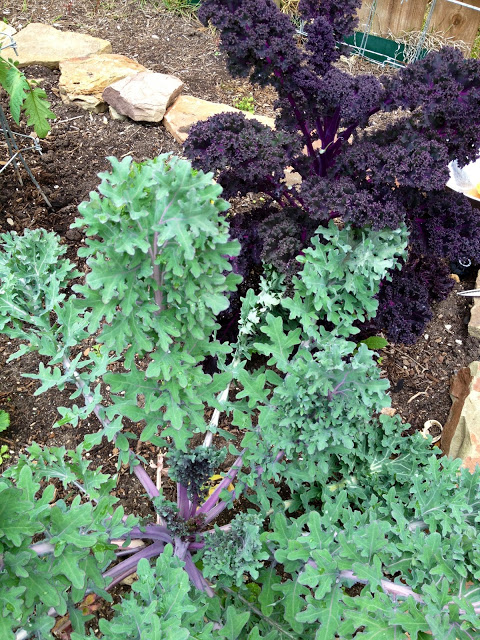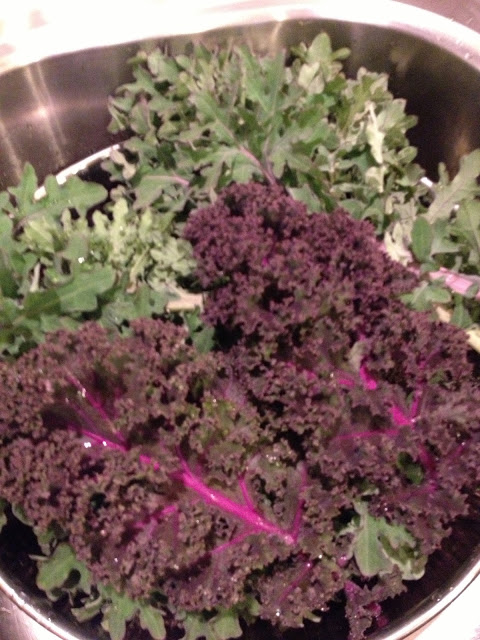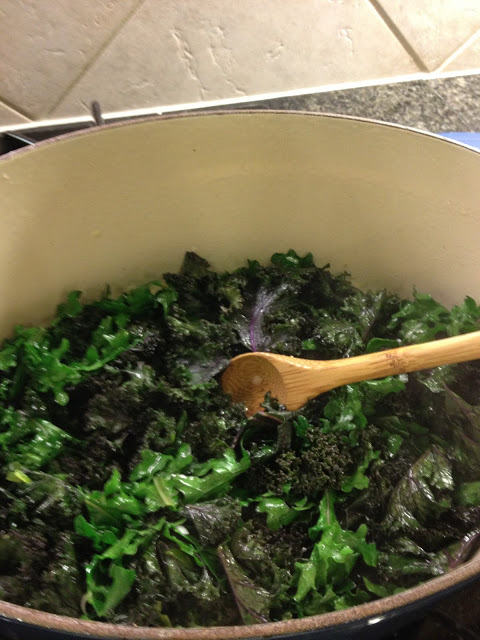Mix colorful garden edibles into your landscape
Want to expand the plant palette in your landscape but having trouble finding just the right plants? Consider mixing edibles into your ornamental garden beds. Many families are working on growing Victory gardens during this Covid-19 crisis. Even if you don’t have a designated veggie garden, you can still start growing them.
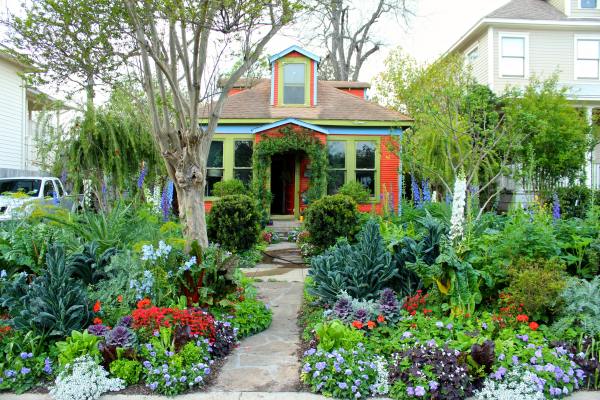
For those with smaller gardens who want to grow their own food, working vegetables into the landscape makes the best use of precious space. No longer relegated to huddle in a hidden corner of the yard, edibles can stake their claim throughout the garden and open up a whole new group of plants to help you spice up your ornamental landscape.
Edibles aren’t just for eating anymore. They also add color, texture and scent to the garden. Spring is the perfect time to evaluate your needs and incorporate veggies and herbs into the landscape. Unsightly holes left by annuals or perennials that didn’t survive the winter can be welcoming spaces for edibles if the conditions are right. Just make sure the light and water needs match those of your existing perennials and evergreen plants. Most vegetables want six hours of sun and need consistent moisture. Many herbs are drought-tolerant and will thrive with less water.
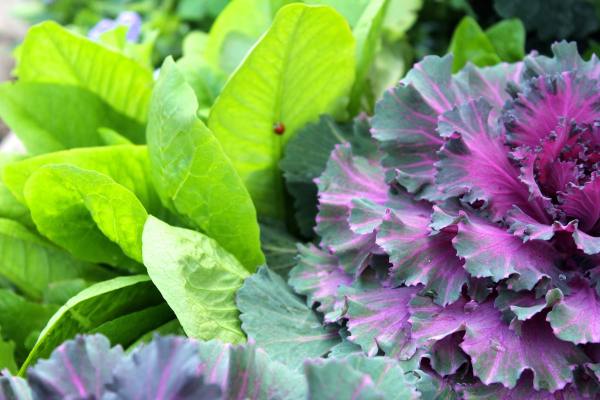
One of my favorite plant color combinations is the chartreuse, burgundy and ice blue colors often used in the Pacific Northwest. With far fewer burgundy choices in our climate, I was stumped trying to incorporate those colors into my Austin landscape. I had loropetalum, non-invasive nandina, and black scallop ajuga in my garden, but wanted more burgundy options. So, I turned to the vegetable and herb section at my local independent nursery. Purple ruffles basil, red acre cabbage and red Russian kale proved excellent choices to tuck in between my contrasting perennials.
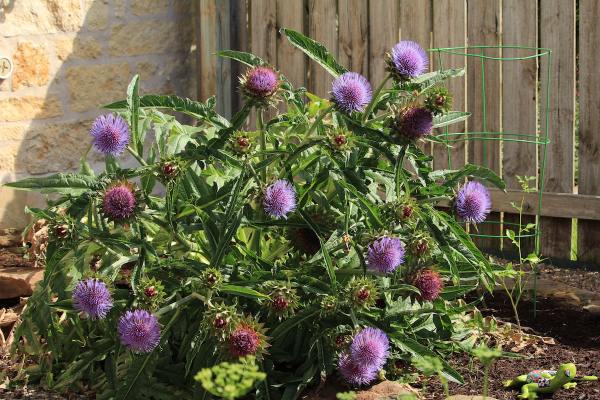 Many edibles also provide interesting contrast by adding unique texture and form into the mix. Artichokes, with their large, spiky leaves and brilliant lavender thistle-like blooms make stunning sculptural focal points. Thick-veined and curly greens stand out when planted next to smaller, softer border plants like zexmenia, purple skullcap or damianita. Feathery dill plants give the garden a wispy element to include next to woody perennials.
Many edibles also provide interesting contrast by adding unique texture and form into the mix. Artichokes, with their large, spiky leaves and brilliant lavender thistle-like blooms make stunning sculptural focal points. Thick-veined and curly greens stand out when planted next to smaller, softer border plants like zexmenia, purple skullcap or damianita. Feathery dill plants give the garden a wispy element to include next to woody perennials.
Plant herbs among your ornamentals for the scent they bring to the garden. Instead of hidden away in a vegetable bed, rosemary or lavender along a path will release its fragrance every time someone walks by. You’ll enjoy spicy aroma of thyme if you plant it around stepping stones.
Adding vegetables and herbs into your ornamental beds will also attract more pollinators. Scatter a few bronze fennel, parsley, thyme, and chive plants throughout the landscape to provide both food and habitat for pollinators. Unlike pests that eat other herbs, when swallowtail caterpillars defoliate my parsley, I know I can soon look forward to watching the emerging butterflies flit around the garden.
If you have a deer, rabbit or other animal problem, working edibles into your plan may prove more challenging. Critters know no boundaries when it comes to foraging. Deer will stay away from many aromatic herbs and velvety or spiky plants like artichokes. Animals also generally leave the onions, garlic, leeks and chives to us. You’ll have to experiment to determine what works in your garden.
Some years I have bunnies inside the fenced back yard, and some years I don’t. Last year I discovered a nest of three fuzzy baby bunnies under the oversized artichoke plant inside my fenced vegetable garden. Needless to say, I left them there where they grew up enough to enjoy my 15 newly planted strawberry transplants next to the artichoke. I guess that’s the definition or gardening for wildlife.
Whether you want to eat them or look at them, including edibles in your ornamental landscape can be both filling and fulfilling.










